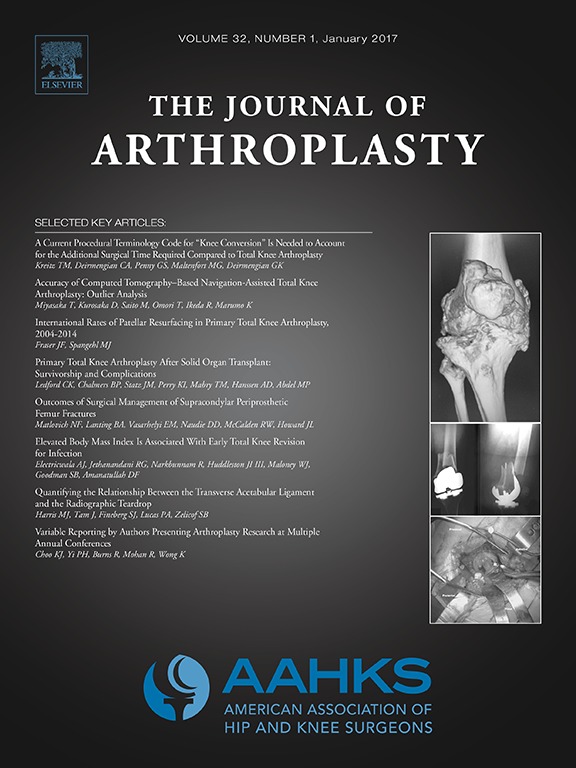
ARTHROPLASTY
Mini-midvastus approach displays limited benefit over medial parapatellar approach in TKA
J Arthroplasty. 2010 Sep;25(6 Suppl):5-11, 11.e1. doi: 10.1016/j.arth.2010.04.003. Epub 2010 Jun 11.27 patients undergoing bilateral total knee arthroplasty (54 knees) were collectively enrolled in this study. Each patient was randomly selected to receive a mini-midvastus procedure on one knee, and a standard medial parapatellar procedure on the other. The results confirmed there were no significant differences in outcome between the mini-midvastus and standard approach based on stride length, stance time, visual analogue scale (VAS) pain scores or knee range motion. The sole significant difference was evident during quadricep strength testing at 3 weeks postoperative, but diminished by week 6. In sum, when compared to the standard TKA procedure, the min-midvastus approach offered few benefits. Further evaluations are required to expand on this short term evidence and provide long-term comparisons.
Unlock the full ACE Report
You have access to {0} free articles per month.Click below to unlock and view this {1}
Unlock NowCritical appraisals of the latest, high-impact randomized controlled trials and systematic reviews in orthopaedics
Access to OrthoEvidence podcast content, including collaborations with the Journal of Bone and Joint Surgery, interviews with internationally recognized surgeons, and roundtable discussions on orthopaedic news and topics
Subscription to The Pulse, a twice-weekly evidence-based newsletter designed to help you make better clinical decisions
Exclusive access to original content articles, including in-house systematic reviews, and articles on health research methods and hot orthopaedic topics
Or upgrade today and gain access to all OrthoEvidence content for just $1.99 per week.
Already have an account? Log in


Subscribe to "The Pulse"
Evidence-Based Orthopaedics direct to your inbox.
{0} of {1} free articles
Become an OrthoEvidence Premium Member. Expand your perspective with high-quality evidence.
Upgrade Now












































































